Author: Ray Found
As hinted at previously, Steven from Oregon State University’s Hops Breeding Program provided two different varieties to evaluate for The Hop Chronicles. The second hop, much like the previously investigated USDA 074, was from an experimental field and is nearing commercial release. Rather than repeat what I said in prior article, I thought it’d be more interesting to share some information I got from Dr. John Henning of the USDA on the research project he’s currently working on with OSU:
My USDA-ARS research project has, as it’s primary goal, the development of new hop varieties with superior disease resistance, improved agronomic production and excellent brewing characteristics. As a result of this goal, I’ve released several new varieties that have achieved the standards mentioned above. The varieties Newport, Teamaker, Sterling, Mt Rainier and most recently TriplePearl all have superior disease resistance and were released due to excellent production and brewing trials. Several newly developed experimental varieties are nearing public release. Most notable of these for craft brewing industry are the “033”, “074” and the “008”. All three have tremendous yield production, extremely nice and unique brewing profiles and good disease resistance. The “008” variety has the added benefit of ripening up to 2-3 weeks earlier than any other produced variety, yet still possesses excellent yield. This offers hop producers a means to expand their production potential without having to invest in additional harvest picking facilities… a huge advantage considering new additional harvest facilities require investments of several million dollars!
My research also utilizes the latest breeding techniques to advance and accelerate breeding efforts. USDA-ARS and OSU have partnered together and have recently sequenced and assembled the hop genome and are actively identifying genes involved in expression of many characteristics such as: pathogen resistance in plants, synthesis of hop flavoring compounds and secondary metabolites, dwarf hops, sex expression and agronomic performance under drought conditions. We’ve also done extensive work on identifying molecular markers that can be utilized for selecting traits such as bittering acid levels, flavoring compounds, downy mildew and powdery mildew, yield, oil levels and dwarf hops. In addition, my program has identified a means to predict superior parents for yield and plant vigor in offspring. Finally, it’s important to note that while developing new molecular tools for breeding, the USDA-ARS hop breeding program continues to utilize traditional breeding and selection methods and does not utilize nor participate in development of genetically modified hop varieties.
Looking forward, I envision changes in breeding efforts due to labor issues and climate change. Hop is an extremely labor intensive crop as currently practiced in the USA. One means of reducing labor requirements for hop production is the implementation of dwarf hops that grow on short trellis’ where mechanical harvest pickers will pick hops in the field. Dwarf hop varieties have been developed in England and privately here in the USA, but are not widely available. The USDA-ARS hop breeding program is working towards developing publicly available dwarf hop varieties and I hope to release some public varieties in the next several years. Of greater concern is how to deal with climate change; specifically how to deal with higher temperatures and less water in Yakima Valley, WA. Hop is a water hog and due to the locations where much of the evolution of this crop has occurred, it also doesn’t like high temperatures for extended periods of time. This past summer we saw some extended periods of extremely high temperatures during a period where water was insufficient in parts of Yakima Valley—the primary production region of USA. I observed differential response to the conditions with some varieties and experimental varieties (not yet released publicly) being hammered while others did not show any signs of stress (my newest variety ‘TriplePearl’ and a sister variety that is even better ‘USDA 2006009-074’). My colleagues and I will be looking into what genes and genetic mechanisms control response to heat and water-stress with the hopes that we can eventually use molecular markers to select “drought-tolerant” hop varieties.
I received about 1 lbs of USDA 008 from Steven during a meetup at Oakshire Brewing Company, returning home with a bundle of lupulin rich flowers and anticipation to try them out.

Alpha: 10.09%
Beta: 3.34%
Cohumulone: 24.9%
Total Oil: 0.6ml/100mg
Myrcene: 6.86%
Humulene: 48.22%
Caryophyllene: 16.55%
Farnesene: 0.03%
Linalool: 0.42%
Parentage: unavailable
| MAKING THE BEER |
If you read the USDA 074 issue of The Hop Chronicles, the following may ring quite familiar, as this was the other half of that batch.
Since I was out of town beforehand and didn’t have time to make a conventional starter, I chose to ferment this batch with Safale US-05 dry yeast, which I rehydrated prior to pitching. I mashed in around 10AM and hit the target temperature.
Following the 1 hour mash, I did something I’d been thinking about for a while but hadn’t tried– since Matt’s kettle is the same diameter as mine, we collected all of the sweet wort into one, stirred to ensure homogeneity, then connected the ball valves on each kettle with some tubing and allowed gravity to split the wort into equal portions. It worked great, and I expect I will use this method in the future.
Fermentation was carried out at my normal ale fermentation temperature of 66F. After about a week, I took an initial hydrometer measurement that showed the beer had dropped to a pleasingly dry 1.008 SG. The beer was dry hopped then left alone a couple more days before being cold crashed, fined with gelatin, and force carbonated. Data collection began about 5 days later at the BeerMe Brew Club meeting.
| METHOD |
Participants were instructed to focus only on the aromatic qualities of the beer before moving on to evaluation the flavor. For each aroma and flavor descriptor, tasters were first asked whether or not they perceived the characteristic with “yes” selections taking them to a page instructing them to write-in the perceived strength of that particular characteristic on a 1-9 scale (weak to strong); endorsing “no” resulted in the taster skipping over the rating of that descriptor directly to the next descriptor. Once the data was collected, the average rating of each aroma and flavor descriptor was compiled with all “no” responses being assigned a score of zero.
| RESULTS |
In total, 16 people participated in the evaluation of this beer, all blind to the hop variety used until they completed the survey. The average ratings for each descriptor were plotted on a radar graph.
Average Ratings of Aroma and Flavor Perceptions
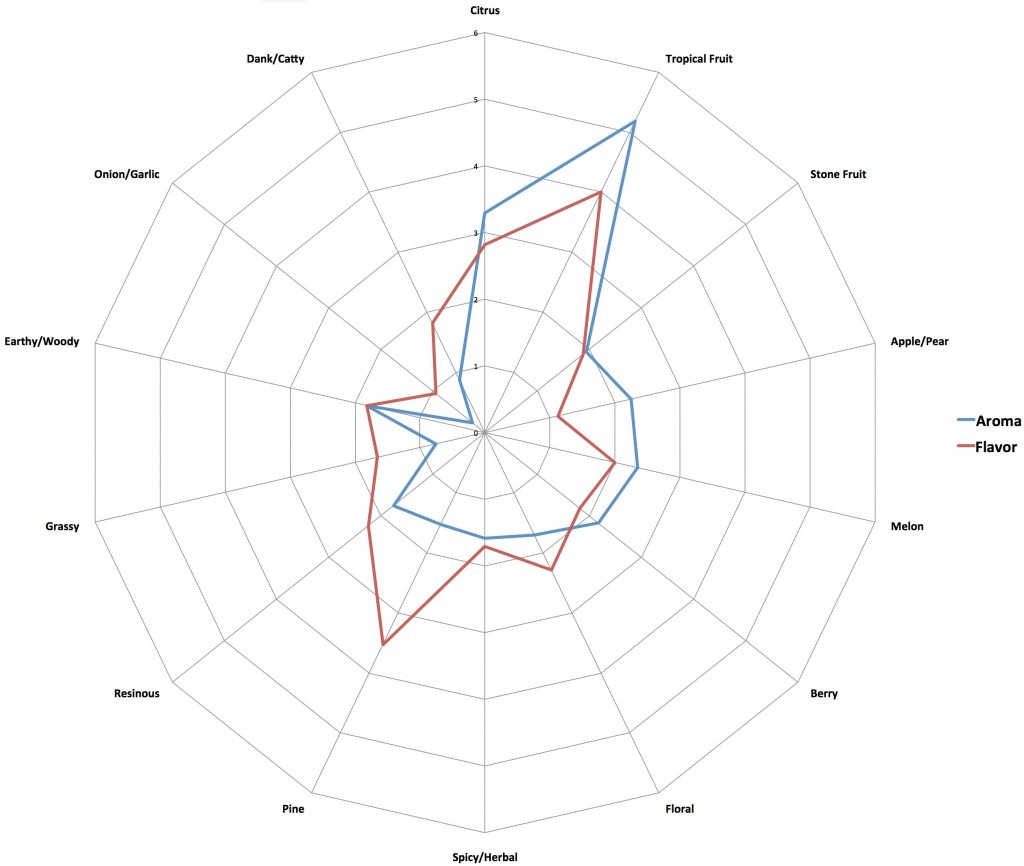 The 3 characteristics endorsed as being most prominent by participants:
The 3 characteristics endorsed as being most prominent by participants:
| Aroma | Flavor |
| Tropical Fruit | Tropical Fruit |
| Citrus | Earthy/Woody |
| Apple/Pear & Grassy (tie) | Pine |
The 3 characteristics endorsed as being least prominent by participants:
| Aroma | Flavor |
| Pine | Onion/Garlic |
| Onion/Garlic | Dank/Catty |
| Resinous | Spicy/Herbal |
When asked to rate the pungency/strength of the hop, a rather large majority endorsed it as being moderately pungent or mild.
Tasters were then instructed to identify beer styles they thought the hop would work well in.
Finally, participants were asked to rate how much they enjoyed the hop character on a 1 to 9 scale.
My Impressions: I thought this hop was entirely pleasant, though not a standout in any way. This is a hop I don’t think anyone would be able to identify blind in a beer, something that will serve as more of a supporting role, rather than a featured variety. My biggest takeaway from it was that it tasted beer-y, which I know isn’t much of a descriptor, but that was what I perceived. While I picked up on some fruit in the nose, the overall aroma was very faint. On the flavor end, I thought it had a bit more character, mainly earthy to my palate.
| CONCLUSION |
At over 10% AA and really favorable agronomic factors, I expect USDA 008 will find use in a lot of beers as a bittering hop. It doesn’t seem to impart any notable harshness or unpleasant character and would seemingly work very well in a beer where the hop isn’t expected to be at the forefront. Good, but it isn’t the next Mosaic. The early harvest and high-yield could help this hop become an affordable variety to have in the portfolio, I wouldn’t be shocked to find out in the future that macro-brewers have adopted it for use in mass-market beers.
On the “what styles” question, it seems many tasters are inclined to respond with “Pale Ale/IPA” for damn near any hop, and while I don’t think they’re wrong in general (the hop did make a fine APA), my opinion is that USDA 008 would not make an APA or IPA stand out at all, at least on its own, and thus it’s better suited in styles such as Blonde Ale, Pale Lagers, and the other noted runners-up. With the low intensity of the aroma, other hops may make for better late boil or dry hop additions, but the bittering quality and mid-palate flavor imparted by USDA 008 held up nicely in and produced a damn tasty Pale Ale.
Support Brülosophy In Style!
All designs are available in various colors and sizes on Amazon!
Follow Brülosophy on:
FACEBOOK | TWITTER | INSTAGRAM
| Read More |
18 Ideas to Help Simplify Your Brew Day
7 Considerations for Making Better Homebrew
List of completed exBEERiments
How-to: Harvest yeast from starters
How-to: Make a lager in less than a month
| Good Deals |
Brand New 5 gallon ball lock kegs discounted to $75 at Adventures in Homebrewing
ThermoWorks Super-Fast Pocket Thermometer On Sale for $19 – $10 discount
Sale and Clearance Items at MoreBeer.com
If you enjoy this stuff and feel compelled to support Brulosophy.com, please check out the Support Us page for details on how you can very easily do so. Thanks!

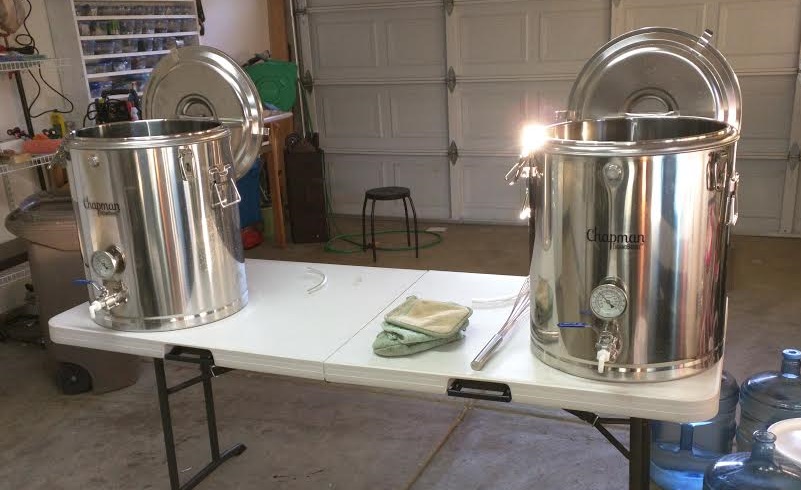
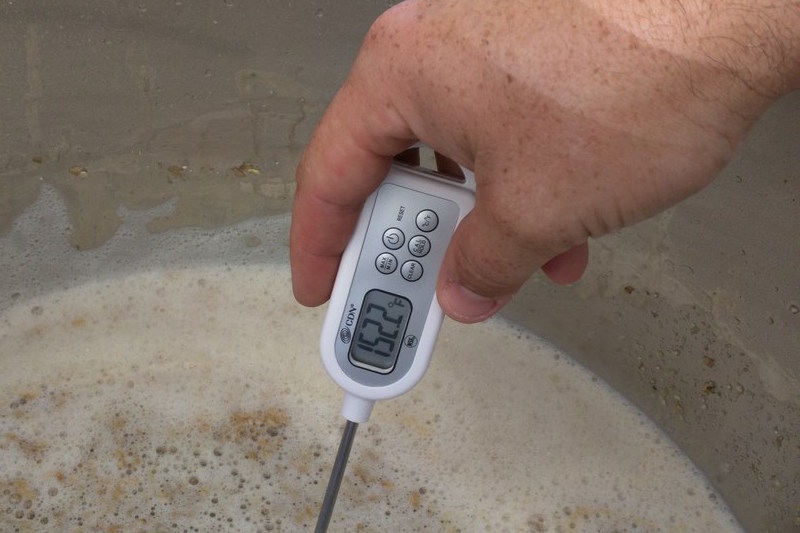
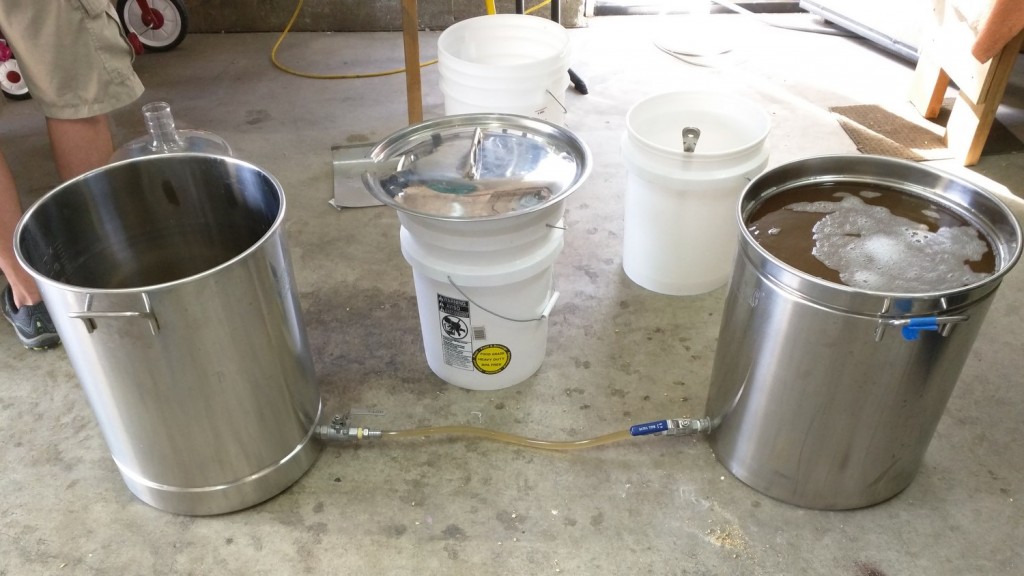
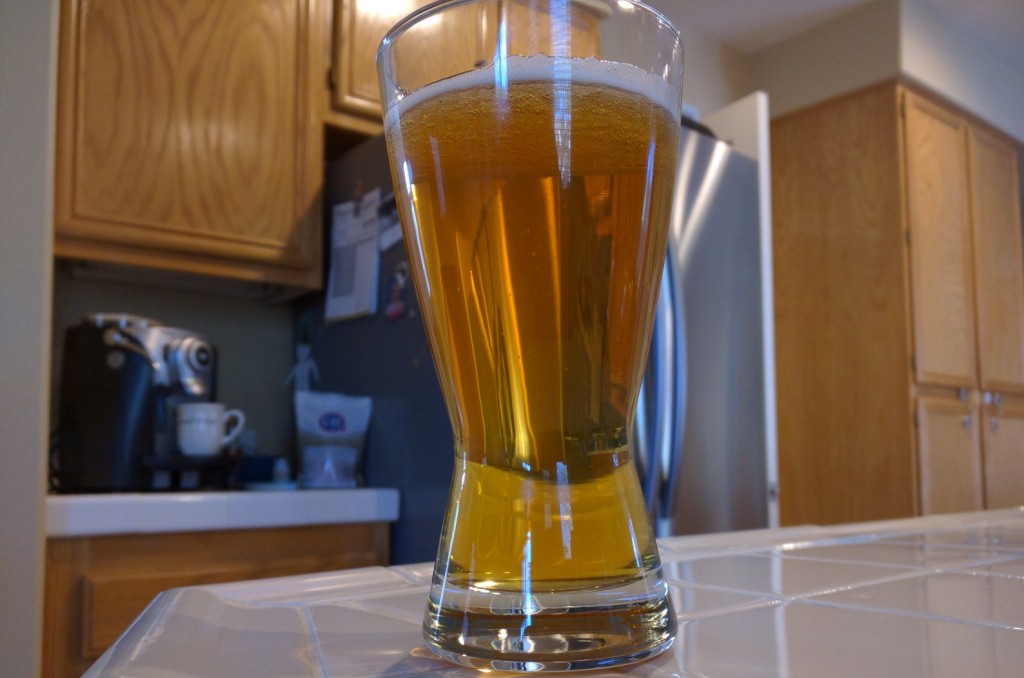
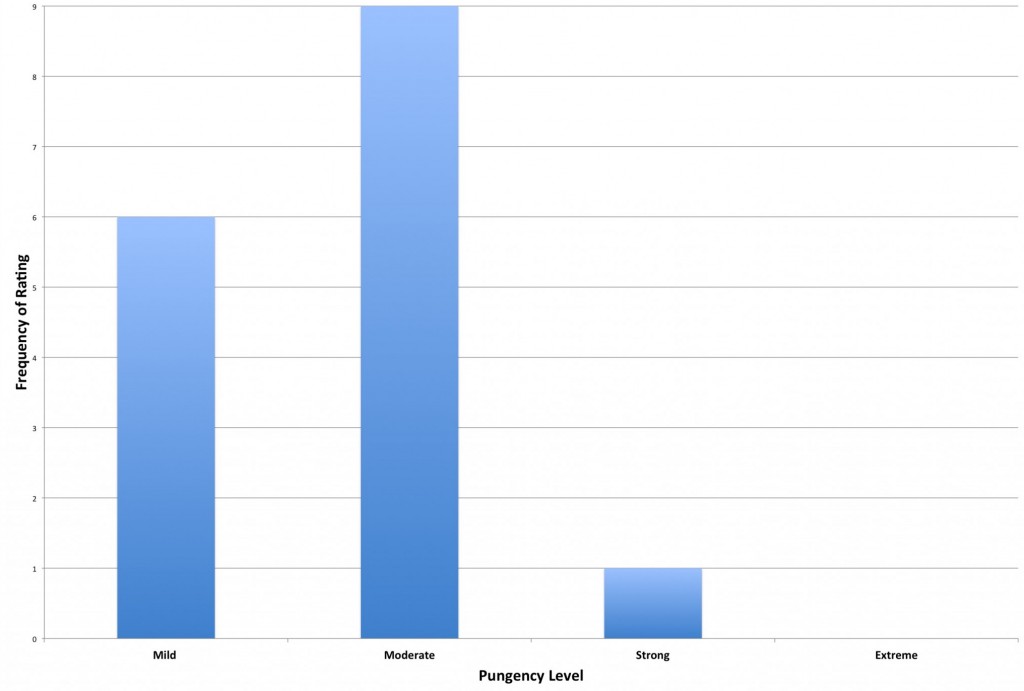
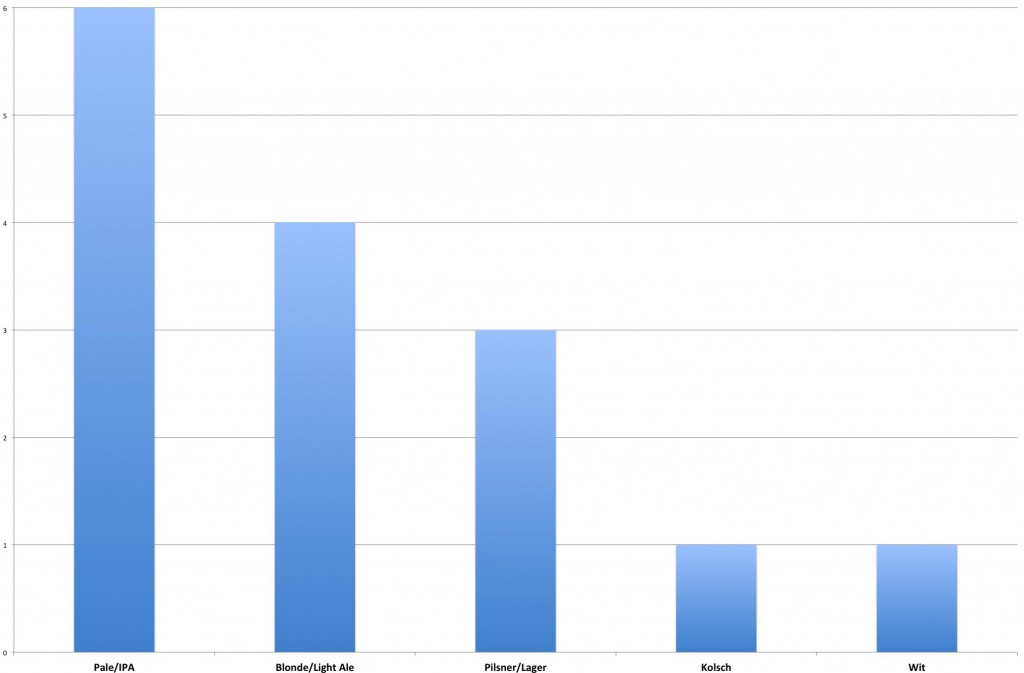
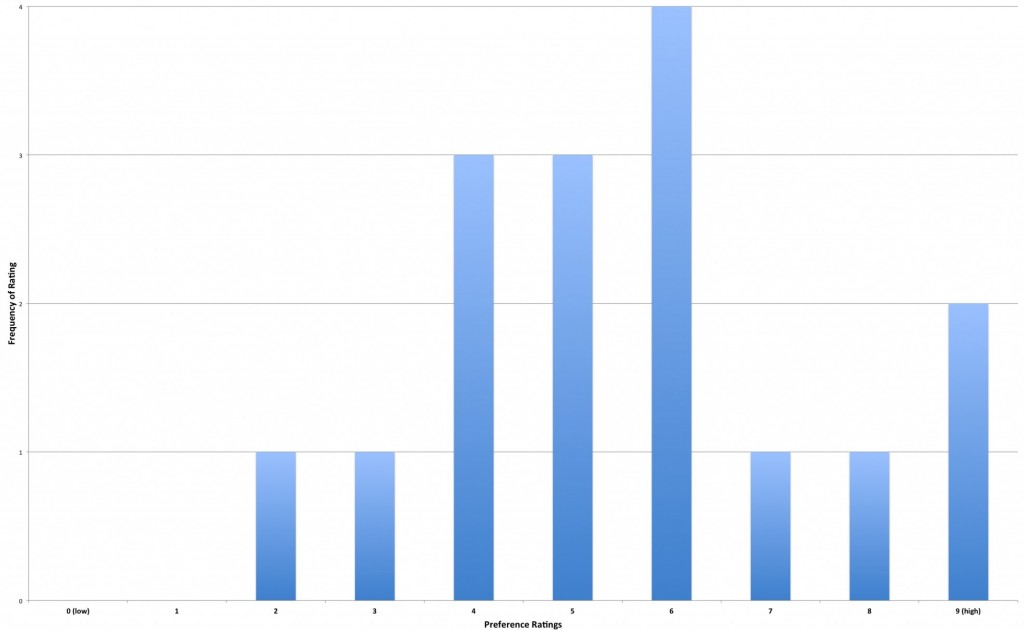










9 thoughts on “The Hop Chronicles | USDA 008 (2015) Pale Ale”
Excellent write up! The one thing that stands out to me with this hop is that USDA 008 has an extremely low myrcene percentage, like really low. For comparison purposes, looking at the hop data I have, 008 most closely correlates (in terms of hop oils) to Vanguard. Vanguard has a commercial description of Herbal and floral tones and has similar aroma to Hallertau mf. UK Admiral and UK East Kent Goldings were also very similar.
Vanguard –
Linalool Myrcene Caryophyllene Farnesene Humulene 0.20% 4.63% 15.62% 0.35% 51.10%
USDA 008 –
Linalool Myrcene Caryophyllene Farnesene Humulene 0.42% 6.86% 16.55% 0.03% 48.22%
Maybe the highest Caryophyllene I’ve seen as well. You’d have bet it would have tasted more different.
What is the standard hopping schedule for these evaluations?
https://brulosophy.com/recipes/the-hop-chronicles-pale-ale/
Take a look at the linked recipe, John. By all means contact us (or me directly) with any suggestions.
This was a take off of a fairly successful hop forward APA I brewed and we haven’t made many adjustments.
I can further explain the thought processes behind the hopping rates, adjusting for AA% between the varieties, and accounting steeping/ whirlpool additions. I have some questions as to the best methods and perhaps you can help if desired.
~Malcolm
And this is why the USDA hop program sucks. You have hops that are considered wonderful in brewing character that most serious beer/IPA drinkers would find to be blaw! I feel for them.
I don’t understand someone who wouldn’t want dank/catty/resinous/piney hops!! 🙂
Budweiser, who desipte extremely low hopping rates, probably still dictate a huge portion of the market for hops.
It would be interesting to know how much the hop market is influenced by Budweiser et al. It must be dropping by the month. I think the USDA program is just out of touch or underfunded or something else.
I’m curious, the graph doesn’t seem to match you lists. Are there factors that don’t show up in the graph? Just seams weird that some things for instance in the lacking category you list Pine as Garlic/onion as the least but that one is almost at the second ring and don’t list pine at all which on the graph is almost at zero.
So is there and error in the article or am I just unclear on how to read the graph?
Interesting article, I’m not really complaining but I do want to know if I have been mis reading these kinds of graphs.